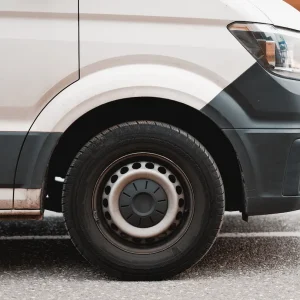The latest issue of What Van? (October) contains handy and informative A5 guide to efficient van fleet management, so you can get the most out of your LCV assets.
What Van?’s expert contributors have looked at several ways to help you save money when running your fleet, including examining what is involved when working out whole-lift costs, managing operational costs and reducing vehicle downtime.
The guide also includes case studies where companies have selected vehicles for their operations, a look at emerging van technology and analysis on how new Euro 6 rules will affect you.
Produced in conjunction with Fiat Professional, it’s also available here.





